

Articles
How Do I Even Out My Stove Burners
Modified: February 29, 2024
Learn how to even out your stove burners with these helpful articles. Improve your cooking experience and maintain optimal heat distribution.
(Many of the links in this article redirect to a specific reviewed product. Your purchase of these products through affiliate links helps to generate commission for Storables.com, at no extra cost. Learn more)
Introduction
One of the most frustrating experiences in the kitchen is dealing with uneven stove burners. It can be especially frustrating when you’re trying to cook a meal and the uneven heat distribution leads to unevenly cooked food. Uneven stove burners can be caused by a variety of factors, including dirt and debris, misaligned burner caps, an unlevel stove, or issues with gas pressure or electrical connections.
In this article, we will explore the common reasons behind uneven stove burners and provide some practical solutions to help you even out the heat distribution. Whether you have a gas stove or an electric stove, these tips will help you address the problem and ensure your cooking experience is enjoyable and efficient.
Key Takeaways:
- Regular cleaning and maintenance of stove burners is crucial for even heat distribution. Adjusting and aligning burner caps can also help improve heat consistency, ensuring optimal cooking results.
- Checking for gas pressure issues in gas stoves and troubleshooting electrical components in electric stoves are essential for addressing uneven heat distribution. Safety is key, so seek professional help if unsure.
Reasons for Uneven Stove Burners
There are several factors that can contribute to uneven stove burners. Understanding these reasons can help you identify and address the issue more effectively. Here are some common causes of uneven stove burners:
- Dirt and debris: Over time, food particles, grease, and debris can accumulate on the burner caps, causing uneven heat distribution. It’s important to regularly clean your stove burners to ensure optimal performance.
- Misaligned burner caps: Burner caps are designed to sit flat on the stovetop, but they can sometimes become misaligned due to regular use or cleaning. When burner caps are not positioned correctly, heat may not be evenly distributed.
- Unlevel stove: If your stove is not level, it can lead to uneven heat distribution. Uneven floors or improper installation can cause the stove to tilt, resulting in one burner getting more heat than the others.
- Gas pressure issues: In gas stoves, uneven heat can be caused by irregular gas pressure. Low gas pressure can result in weak flames, while high gas pressure can lead to overly intense flames.
- Troubleshooting electrical stoves: For electric stoves, issues with the heating elements or electrical connections can lead to uneven heat. Malfunctioning elements or faulty wiring can cause one burner to heat up more than the others.
Identifying the underlying cause of uneven stove burners is crucial for effective troubleshooting and resolving the issue. In the following sections, we will discuss methods for cleaning and maintaining your stove, adjusting burner caps, leveling the stove, checking for gas pressure issues, and troubleshooting electrical stoves.
Cleaning and Maintenance
Regular cleaning and maintenance of your stove burners is essential for optimal performance and heat distribution. Here are some steps you can take to keep your stove burners clean:
- Remove burner caps: Start by removing the burner caps from the stove. These caps are usually removable and can be lifted or twisted off.
- Soak in warm, soapy water: Fill a basin or sink with warm water and add a mild dish soap. Place the burner caps in the soapy water and let them soak for about 15-20 minutes. This will help loosen any dirt, grease, or debris.
- Scrub the burner caps: After soaking, use a soft scrub brush or sponge to gently scrub the burner caps. Pay attention to any stubborn spots or buildup and scrub until the caps are clean. Rinse them thoroughly with water afterward.
- Clean the burner bases: While the burner caps are soaking, use a damp cloth or sponge to wipe down the burner bases. Remove any visible dirt or residue, making sure to clean around the burners and on the stovetop.
- Dry and reassemble: Once the burner caps and bases are clean, dry them thoroughly with a clean towel or allow them to air dry. Make sure they are completely dry before reassembling the burner caps onto the stove.
Regular cleaning will help remove any dirt or debris that can affect the heat distribution of your stove burners. Aim to clean your burners at least once a month, or more frequently if you notice excessive buildup or uneven heat distribution.
In the next sections, we will discuss how to adjust burner caps, level your stove, check for gas pressure issues, and troubleshoot electrical stoves to further address uneven stove burners.
Adjusting the Burner Caps
If your stove burners are still uneven after cleaning, adjusting the burner caps might help. Here’s how you can do it:
- Remove the burner caps: Start by removing the burner caps from the stove. Refer to your stove’s user manual for specific instructions, as the process may vary depending on the model.
- Inspect the burner bases: Take a closer look at the burner bases and check for any debris or residue. Clean them thoroughly if you notice any buildup.
- Align the burner caps: Carefully place the burner caps back on the stove, ensuring they are aligned properly with the burner bases. They should sit flat and level to allow for even heat distribution.
- Make adjustments: If you notice that the burner caps are still not sitting evenly, you may need to make some adjustments. Use a pair of pliers or a small adjustable wrench to gently twist or reposition the burner caps until they are level.
- Test the burners: Once you have made the necessary adjustments, retest your burners to see if the heat distribution has improved. Turn on each burner individually and observe if the flames burn evenly across the burner.
By correctly aligning and adjusting the burner caps, you can help promote more even heat distribution on your stove. If you find that adjusting the burner caps does not resolve the issue, there may be other factors contributing to the uneven heat, which we will discuss in the following sections.
Next, we will cover how to level the stove to ensure optimal performance and address any potential causes of uneven stove burners.
Use a level to check if your stove is even. If not, adjust the feet or use shims to level it. Clean the burners and check for any blockages that may be causing uneven heating.
Leveling the Stove
An unlevel stove can result in uneven heat distribution and cooking. If you suspect that your stove is not level, here’s what you can do to adjust it:
- Check for level: Start by placing a spirit level on top of your stove. Check the bubble indicator to determine if the stove is level. If the bubble is not centered, it indicates that the stove is not level.
- Adjust the leveling feet: Most stoves have adjustable leveling feet located at the bottom corners. Use a wrench or pliers to loosen the locking nuts on the feet and then turn the feet clockwise or counterclockwise to adjust the height. Turn them until the stove becomes level.
- Check for stability: Once you have adjusted the leveling feet, ensure that the stove is stable and does not wobble. If the stove is still unstable, you may need to adjust the feet further or add shims to level it.
- Retest the burners: After leveling the stove, test the burners to see if the heat distribution has improved. Monitor the flames on each burner to ensure they burn evenly and consistently.
It’s important to note that leveling the stove may require a bit of trial and error. Take your time to make small adjustments and test the burners after each adjustment to determine if the heat distribution has improved. If you’re unsure about adjusting the leveling feet, it is recommended to consult a professional technician to do it for you.
In the next section, we will discuss how to check for gas pressure issues, which can also contribute to uneven stove burners in gas stoves.
Read more: How Can I Clean My Electric Stove Burners
Checking for Gas Pressure Issues
In gas stoves, uneven heat distribution can sometimes be attributed to irregular gas pressure. Here’s how you can check for gas pressure issues:
- Inspect the flames: Turn on each burner individually and observe the size and intensity of the flames. The flames should be a consistent blue color and have a stable shape. If you notice weak or yellow flames, it could indicate a gas pressure issue.
- Check the gas supply: Ensure that the gas supply to your stove is fully open. If the gas valve is partially closed, it can restrict the gas flow and result in low gas pressure.
- Use a manometer: If you suspect gas pressure issues, it’s recommended to use a manometer to measure the gas pressure. Consult a professional technician or gas supplier for assistance in using a manometer correctly and safely.
- Contact a professional: If you determine that there is indeed a gas pressure issue, it’s best to contact a certified technician to inspect and adjust the gas pressure on your stove. Gas-related repairs and adjustments should be handled by professionals for safety reasons.
Gas pressure issues require specialized knowledge and equipment to resolve. It’s crucial to prioritize safety and enlist the help of a professional if you suspect a gas pressure problem with your stove. They can identify and rectify any issues to ensure even heat distribution and optimal stove performance.
Next, let’s explore troubleshooting tips for addressing uneven stove burners in electric stoves.
Troubleshooting Electrical Stoves
If you have an electric stove and are experiencing uneven heat distribution, here are some troubleshooting steps you can take to address the issue:
- Check the heating elements: Start by inspecting the heating elements on your electric stove. Look for any visible signs of damage, such as discoloration or broken coils. Faulty heating elements can result in uneven heat distribution.
- Swap the elements: If you notice that only one burner is heating unevenly, try swapping the heating elements. This will help determine if the issue lies with the element or the stove itself. If the problem persists with a different element, it may indicate a problem with the stove’s electrical connections.
- Inspect the electrical connections: Examine the electrical connections on the back of the stove. Ensure that all connections are secure and free of damage. Loose or faulty connections can affect the flow of electricity, leading to uneven heat distribution.
- Reset the circuit breaker: If you suspect an electrical issue, try resetting the circuit breaker that controls the stove’s power. Sometimes, a tripped breaker can cause fluctuating electricity flow, resulting in uneven heating.
- Consult a professional: If you have performed these troubleshooting steps and are still experiencing uneven heat distribution in your electric stove, it’s advisable to contact a professional technician. They can diagnose and resolve any electrical issues, ensuring that your stove is functioning properly.
Electric stoves require specialized knowledge and expertise, particularly when dealing with electrical connections and components. It’s always safer to seek professional assistance if you’re unsure or uncomfortable with troubleshooting electrical stoves on your own.
Finally, let’s wrap up our discussion on uneven stove burners.
Conclusion
Dealing with uneven stove burners can be a frustrating experience in the kitchen. However, by understanding the common causes and implementing the appropriate solutions, you can ensure more even heat distribution and optimal cooking results. Whether you have a gas stove or an electric stove, addressing the underlying issues is crucial.
Regular cleaning and maintenance of your stove burners is essential to prevent dirt and debris buildup, which can affect heat distribution. Adjusting the burner caps and ensuring they are aligned properly can also help improve even heat on the stove. Additionally, leveling the stove and checking for gas pressure issues are important steps to address uneven heat.
If you have an electric stove, troubleshooting the heating elements and inspecting the electrical connections can help identify and resolve any issues. It’s always recommended to consult a professional technician for assistance with electrical problems.
Remember that safety is paramount when dealing with gas or electrical components. If you’re unsure or uncomfortable with any aspect of troubleshooting your stove, it’s best to seek professional help.
By following these tips and taking proactive measures, you can ensure that your stove burners provide consistent and evenly distributed heat, allowing you to create delicious meals with ease.
Frequently Asked Questions about How Do I Even Out My Stove Burners
Was this page helpful?
At Storables.com, we guarantee accurate and reliable information. Our content, validated by Expert Board Contributors, is crafted following stringent Editorial Policies. We're committed to providing you with well-researched, expert-backed insights for all your informational needs.
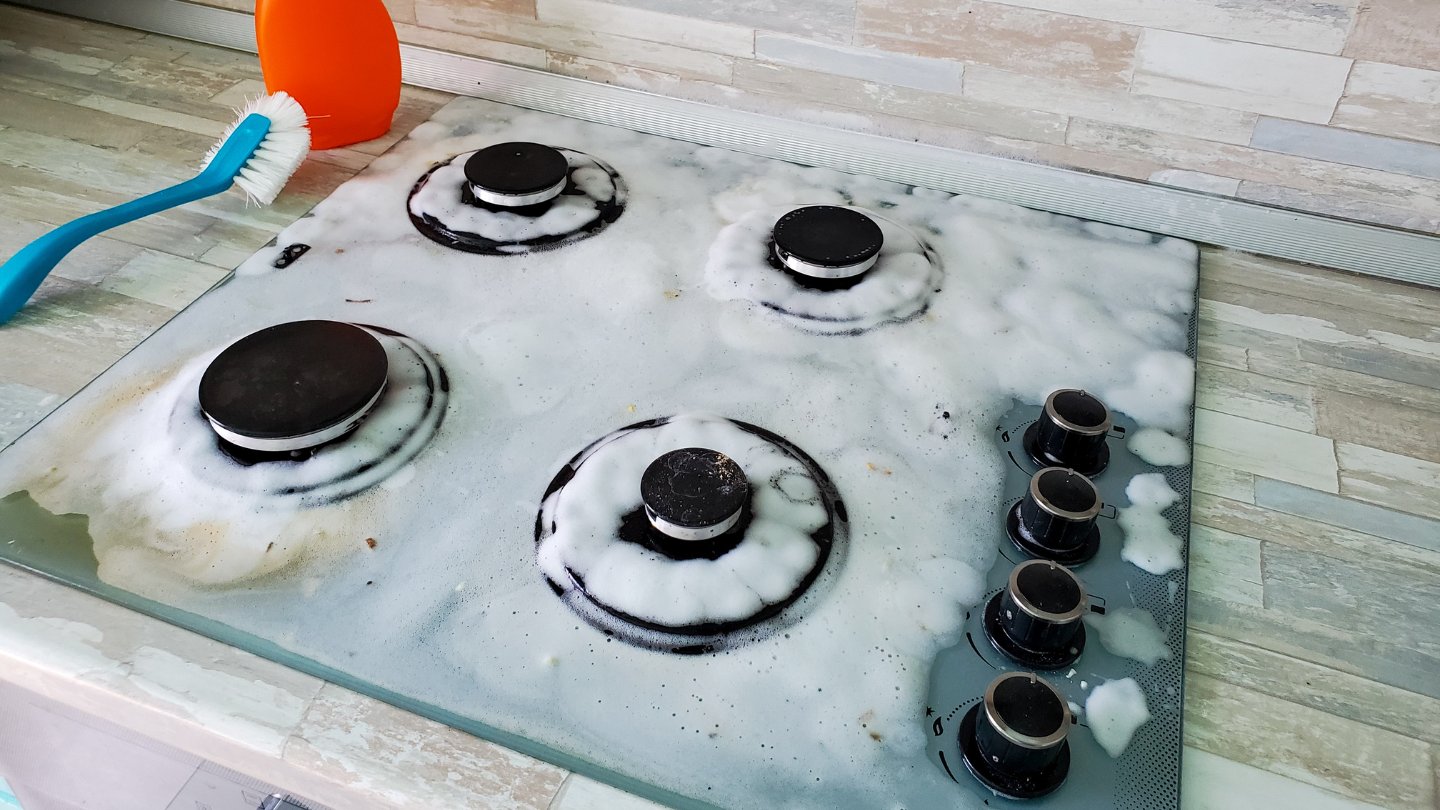
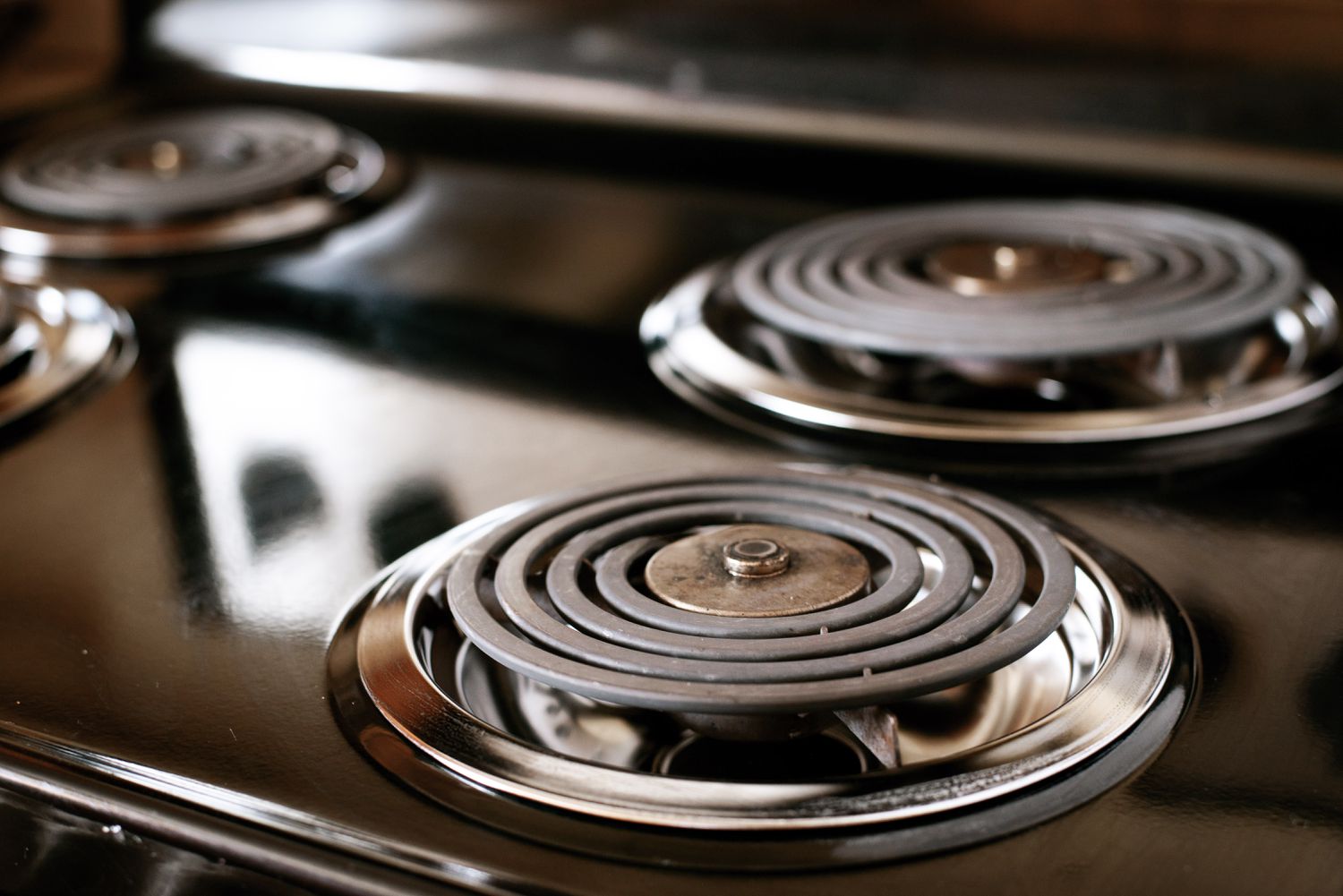
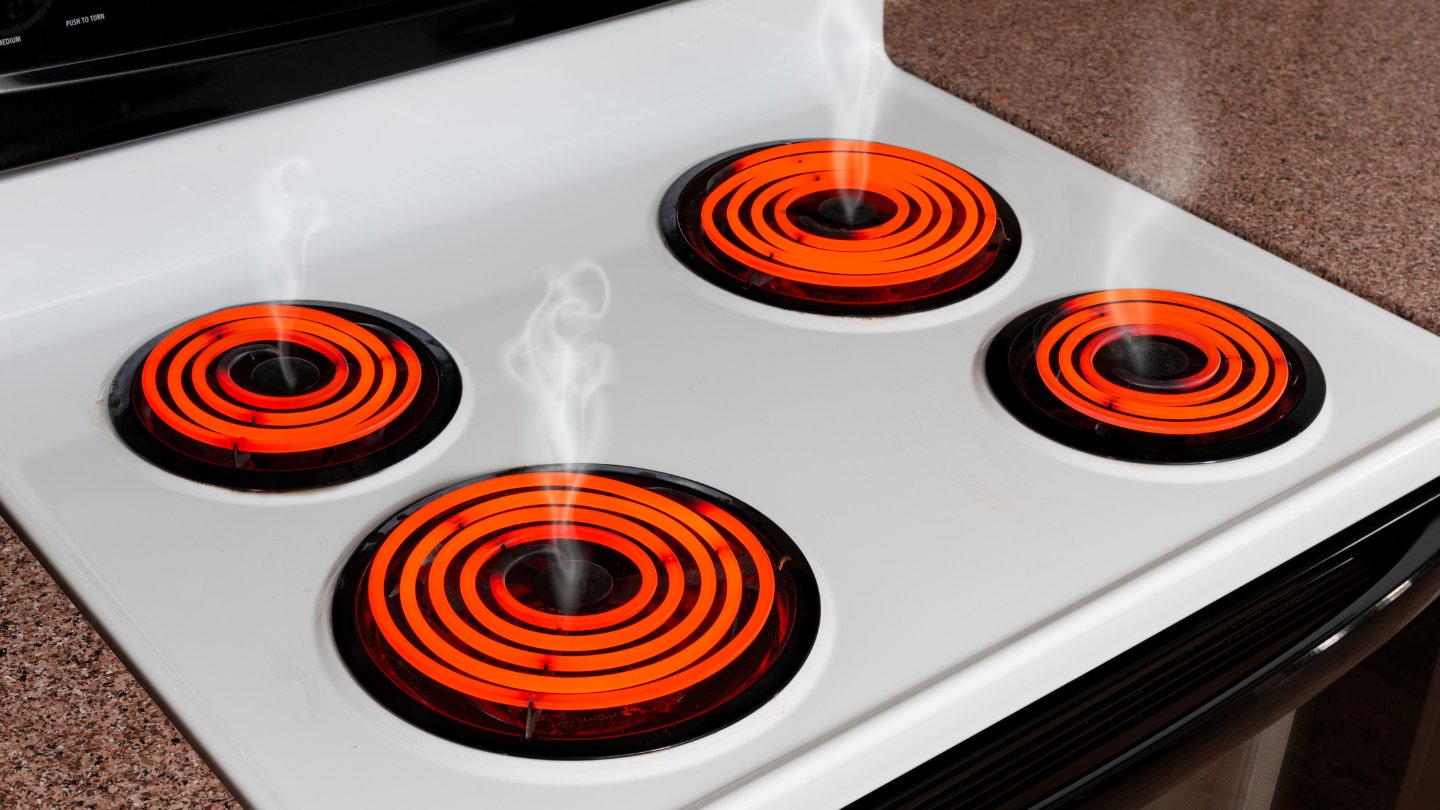
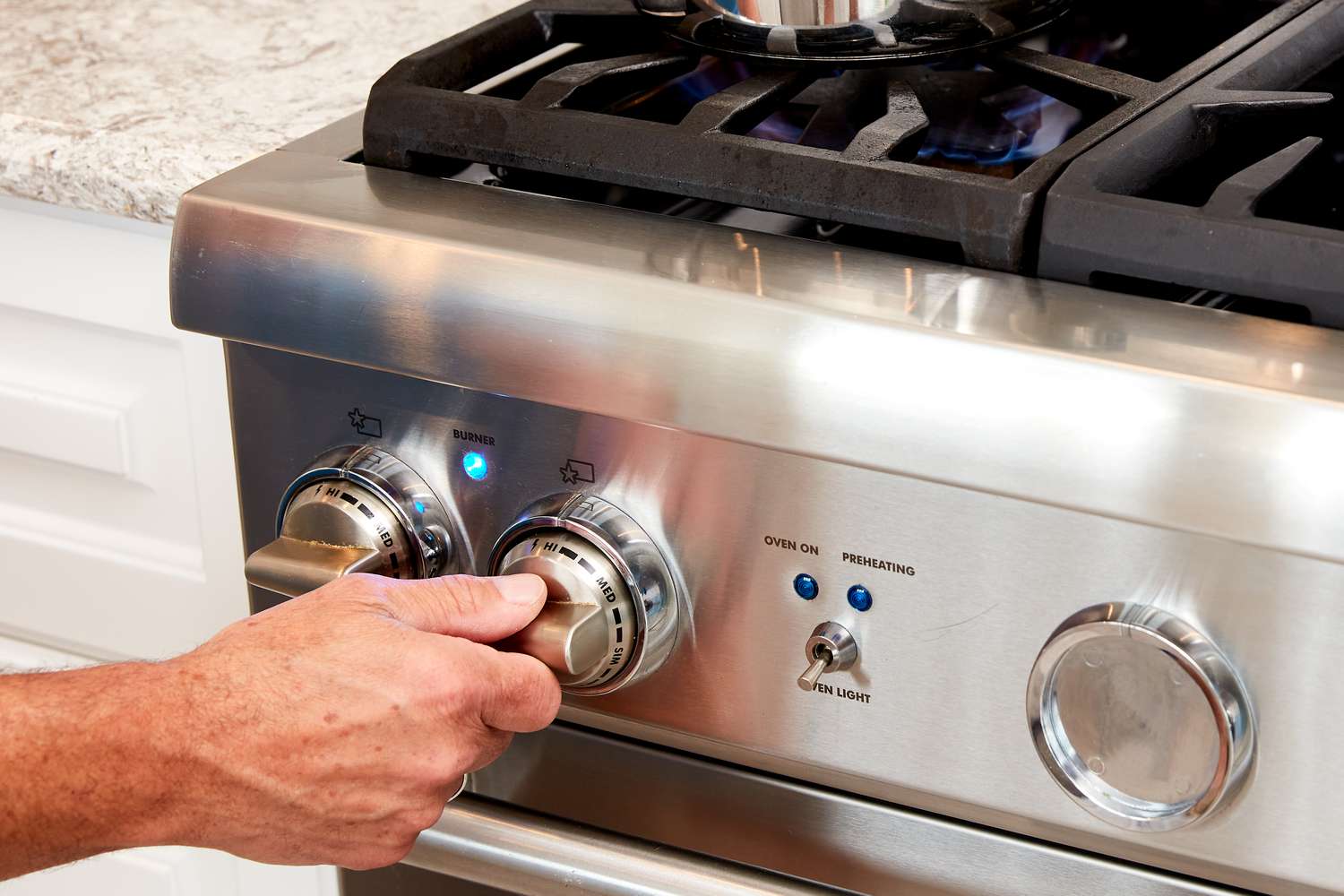
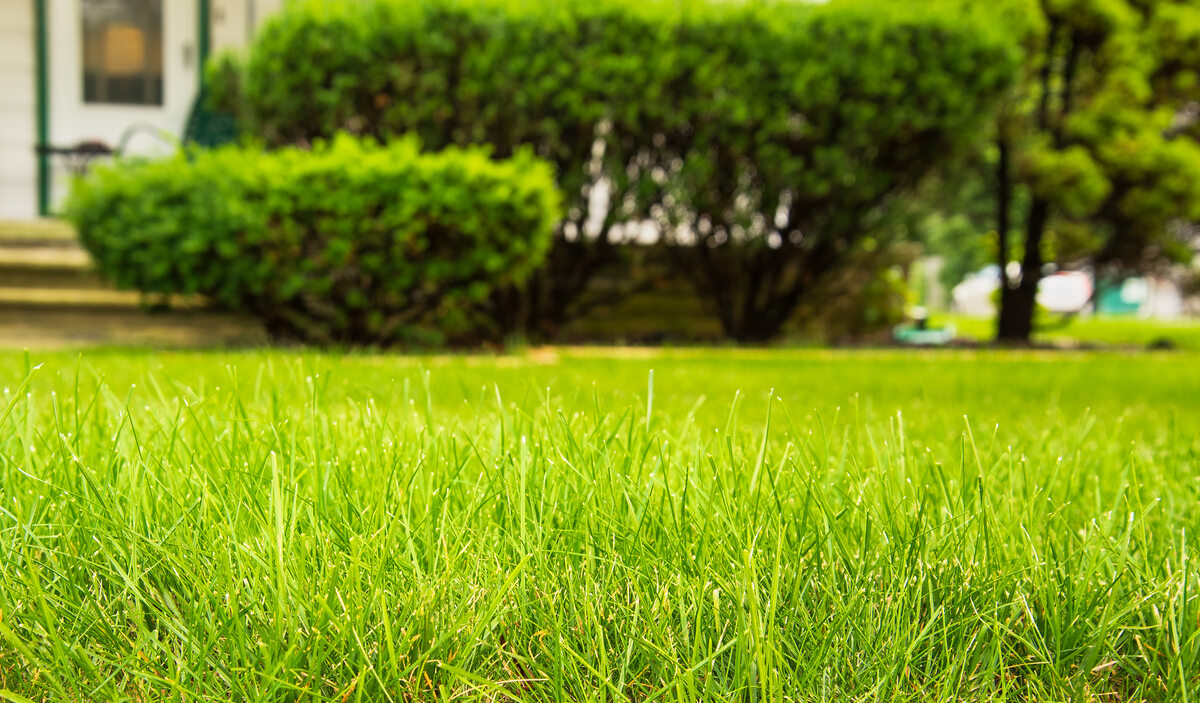
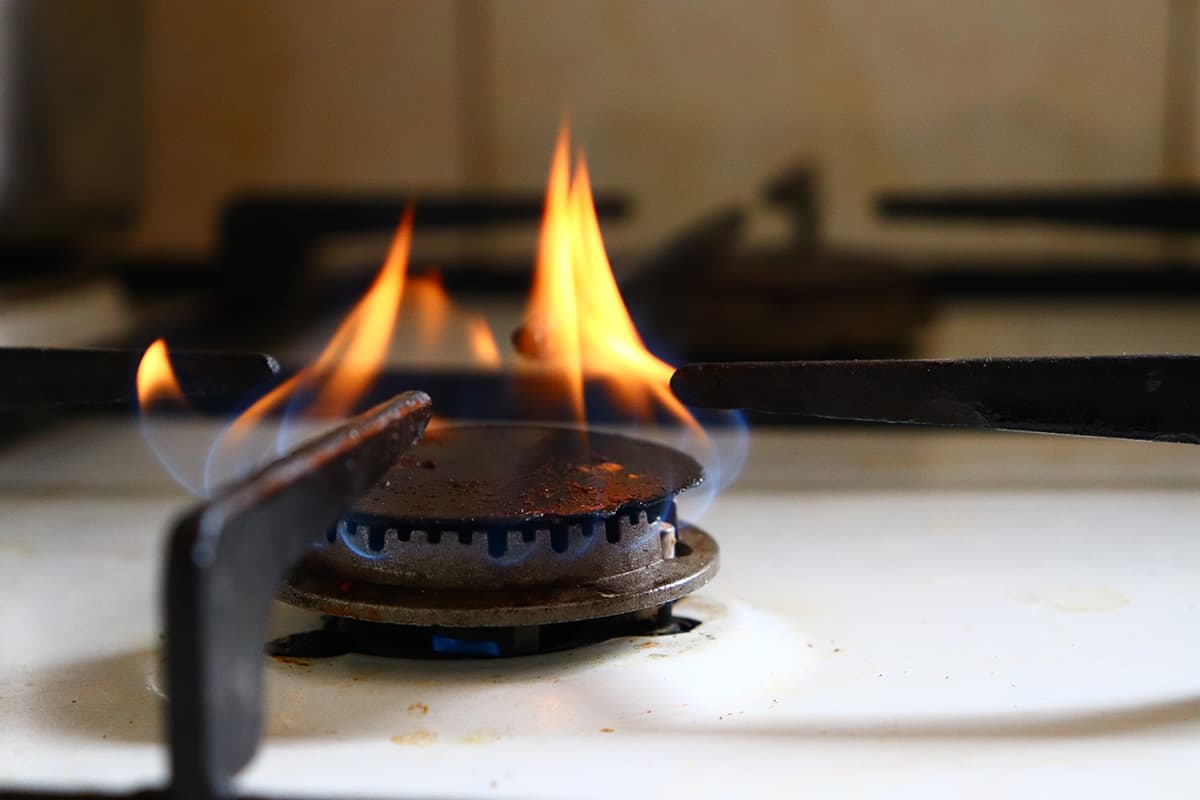


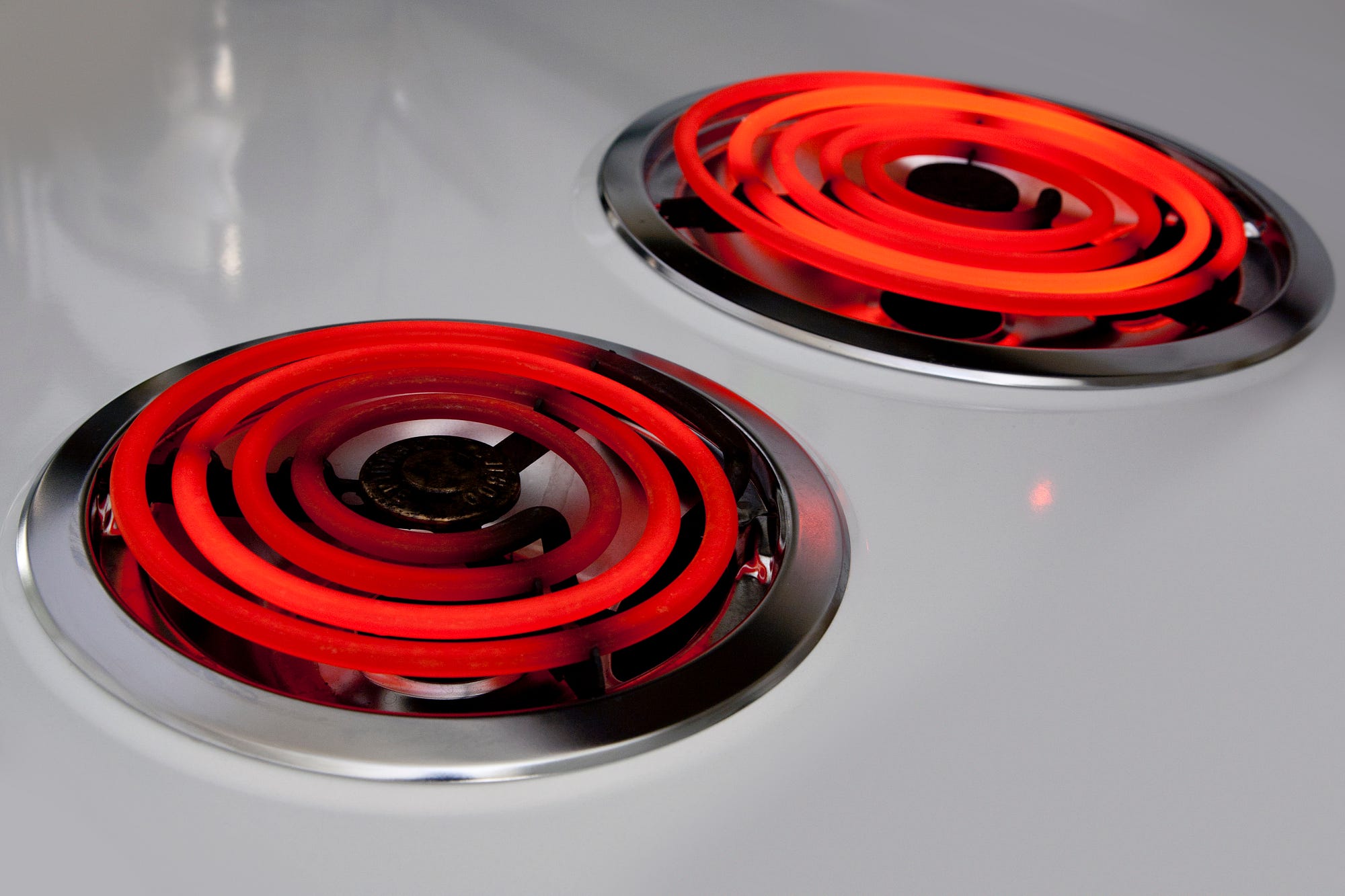
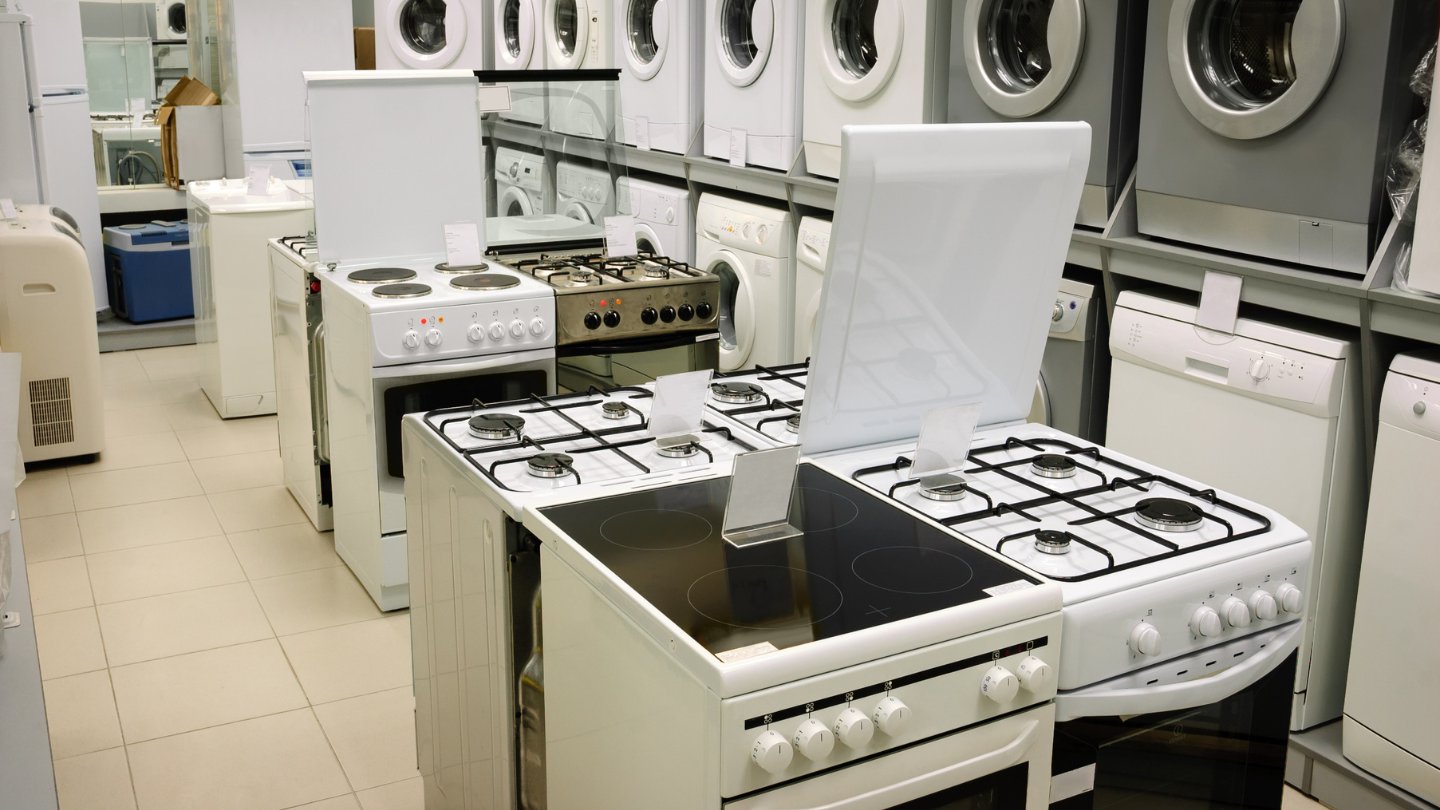
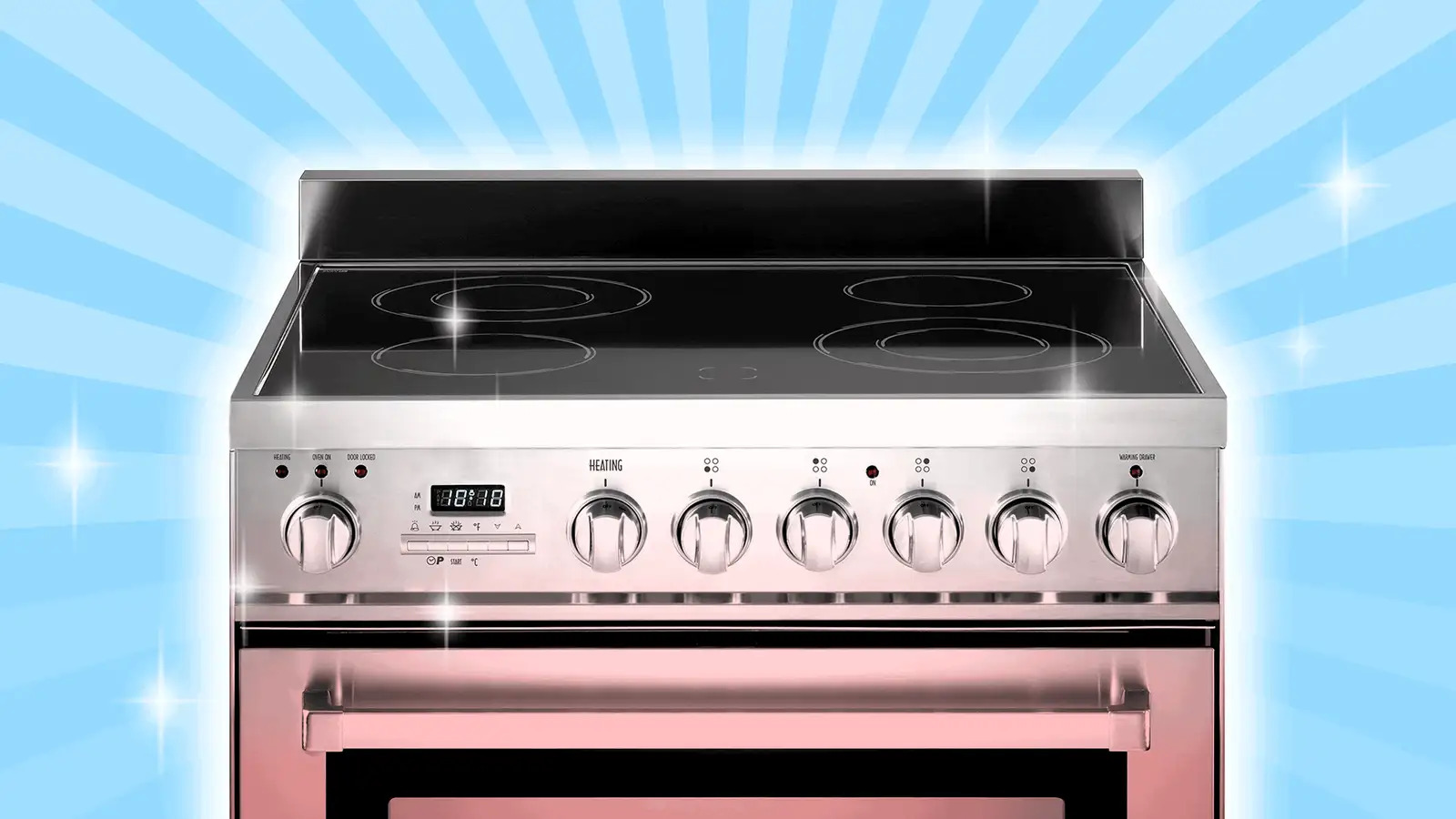
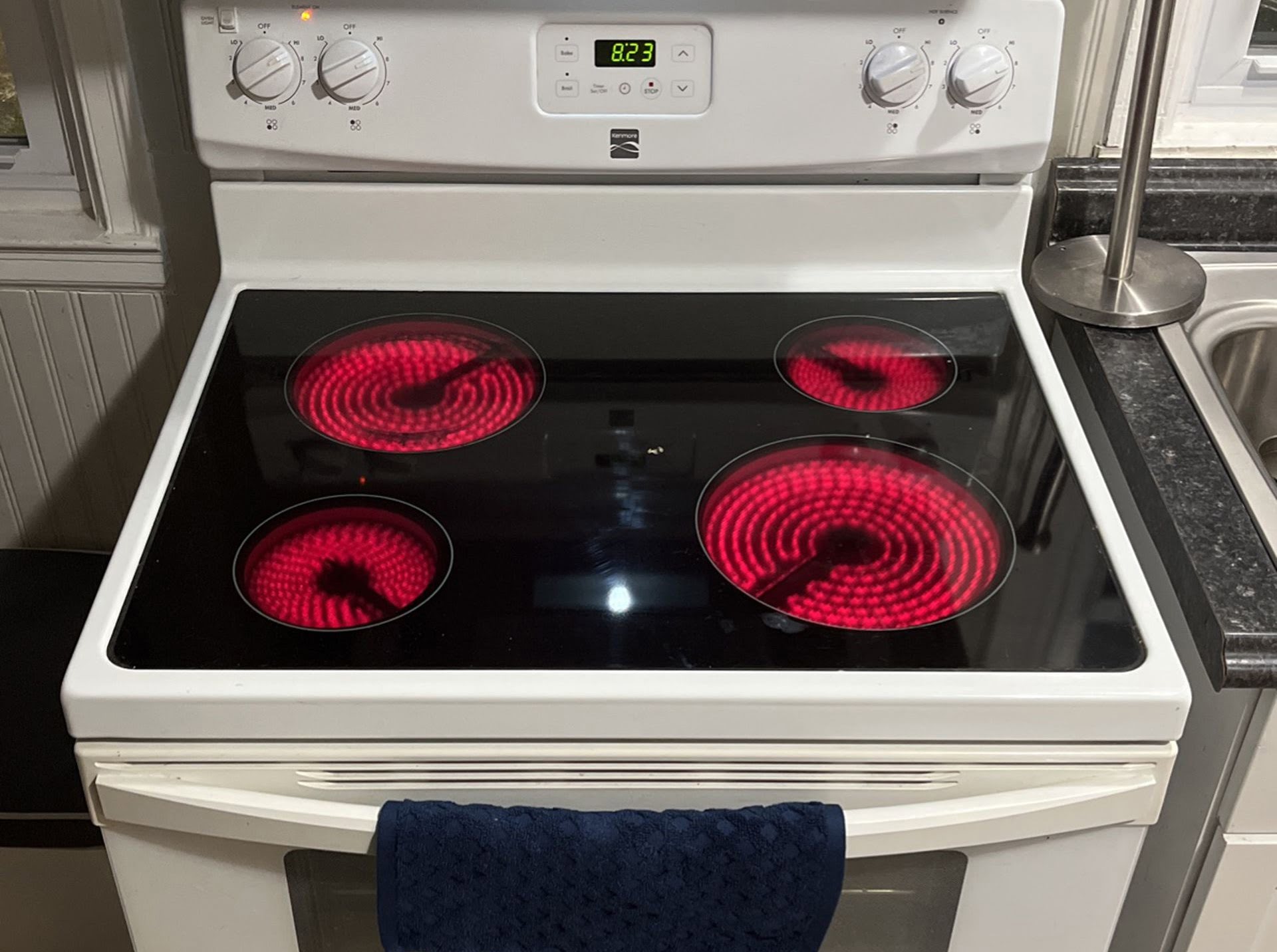
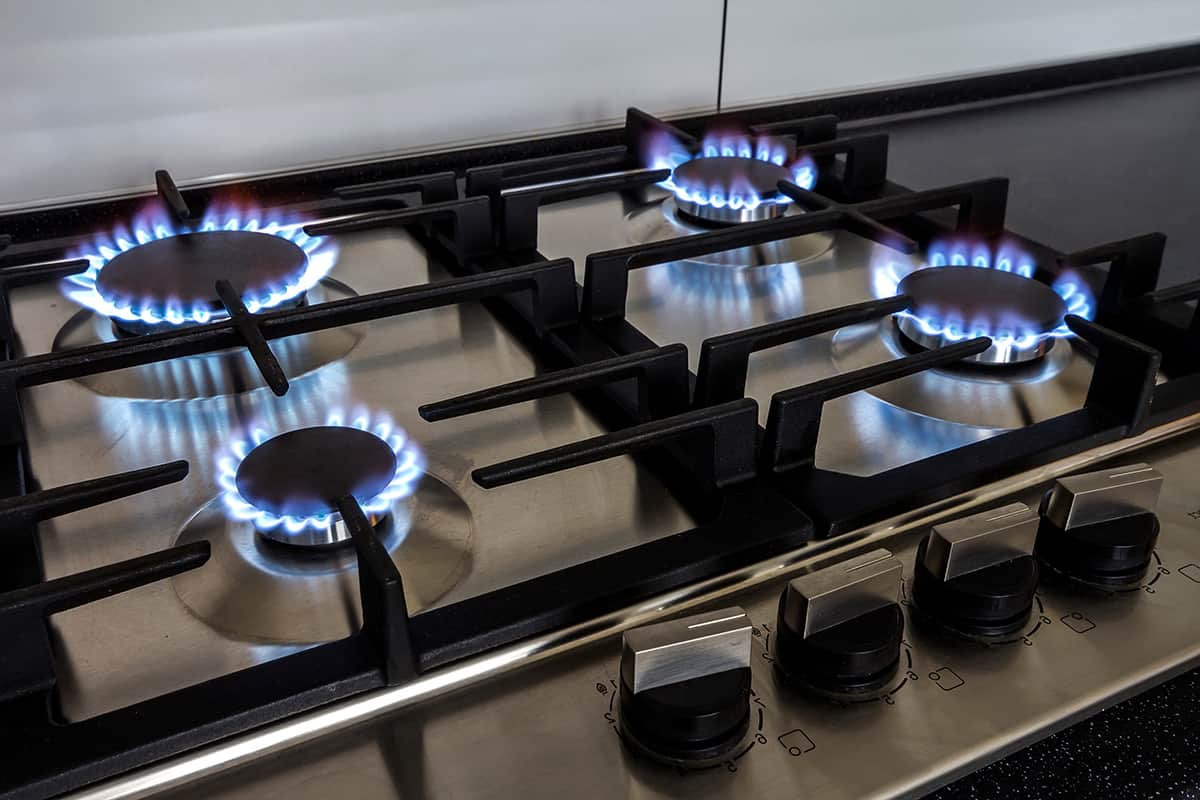
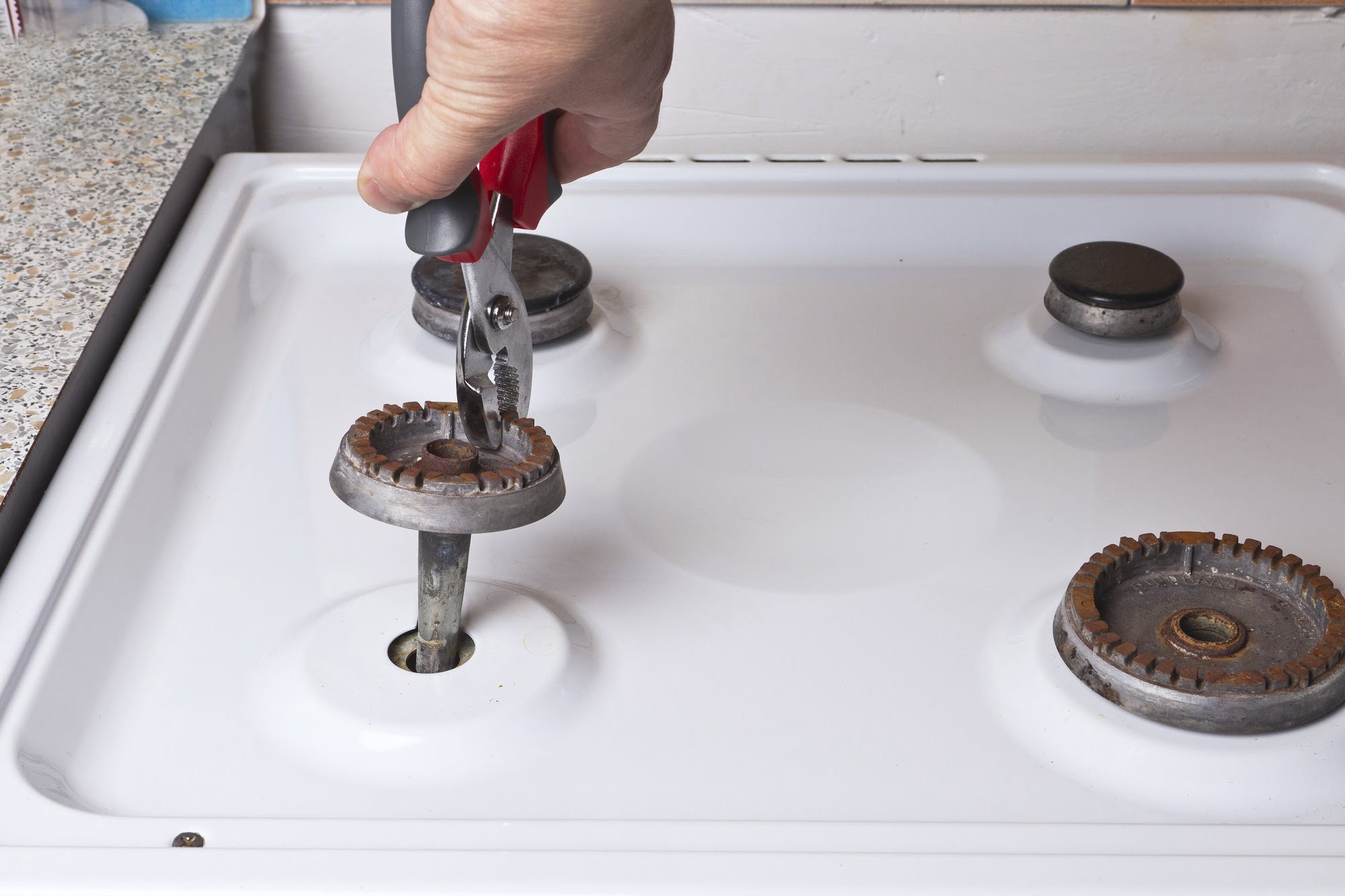

0 thoughts on “How Do I Even Out My Stove Burners”